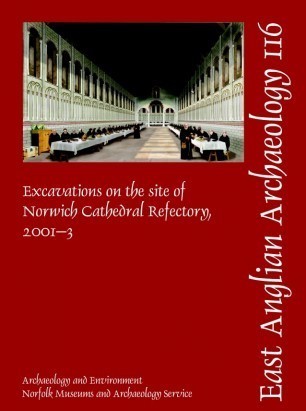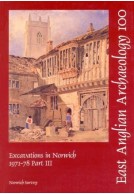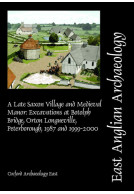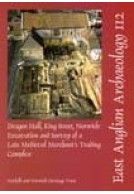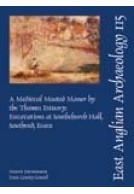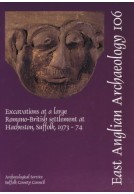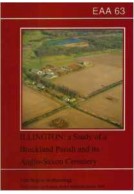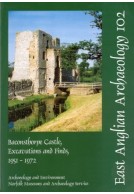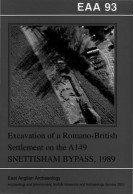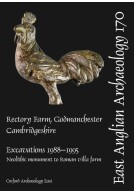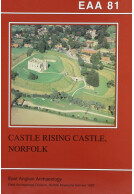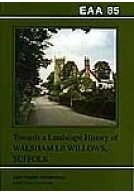Google Books previews are unavailable because you have chosen to turn off third party cookies for enhanced content. Visit our cookies page to review your cookie settings.
EAA 116: Excavations on the Site of Norwich Cathedral Refectory, 2001-3 (Paperback)
Imprint: East Anglian Archaeology
Series: East Anglian Archaeology Monograph
Pages: 101
Illustrations: 17 b/w and col pls
ISBN: 9780905594446
Published: 31st December 2006
Script Academic & Professional
Series: East Anglian Archaeology Monograph
Pages: 101
Illustrations: 17 b/w and col pls
ISBN: 9780905594446
Published: 31st December 2006
Script Academic & Professional
You'll be £5.95 closer to your next £10.00 credit when you purchase EAA 116: Excavations on the Site of Norwich Cathedral Refectory, 2001-3. What's this?
+£4.99 UK Delivery or free UK delivery if order is over £40
(click here for international delivery rates)
Need a currency converter? Check XE.com for live rates
(click here for international delivery rates)
Need a currency converter? Check XE.com for live rates
A campaign to improve visitor and education facilities at Norwh cathedral involved the construction of new buildings within the west and south ranges of the cloister, and led to excavation of the area where the medieval refectory once stood. This revealed archaeological evidence of the Late Saxon, medieval and post-medieval periods and forms the subject of this report. Excavation has confirmed the long-held supposition that this area of Norwich was populated during the Late Saxon period. Timber buildings of both post-hole and beam slot construction were present, along with rubbish pits, many very substantial in size. A rutted trackway developed into a metalled road, its discovery adding to the ever-evolving street plan of Late Saxon Norwich. It was also apparent that this area was subject to changes in the local water table, and liable to flooding. Late Saxon occupation here was brought to a sudden halt by the acquisition of the land for the building of the Norman cathedral in the latter years of the 11th century. The refectory, which has been described as one of the most magnificent in Europe, was built during the 1120s but was largely demolished during the years following the Dissolution. An extensive programme of groundworks was carried out in the 12th century, prior to construction of the refectory, with the area being levelled. Unfortunately, later use of the area has destroyed most of the evidence relating to the refectory itself. Despite this the level of the floor was established and footings for opposing engaged pillars were recorded. These would have supported an arcade, separating the high end from the main hall. Following the Dissolution, not only the refectory but many of the conventual buildings were demolished. In the period from 1538 to 1620 large pits were dug across the site of the former refectory and used for the dumping of demolition debris on a massive scale. Surprisingly, of the identifiable rubble very little originated from the refectory building itself. Architectural fragments, including some with painted designs from the infirmary and chapter house, were found along with painted window glass which probably originated from the Lady Chapel. In 1620 the western third of the site was the location for part of a prebendary's house, the remainder being established as a garden. In 1873, works undertaken specifically to reduce the risk from fire included the demolition of the prebendary's house. 'Restoration' work was carried out to the remaining medieval structure and the area which had once served as the monk's refectory was left open as a garden plot. It remained so until archaeological work began in 2001.
Customers who bought this title also bought...
Other titles in the series...
Other titles in East Anglian Archaeology...







